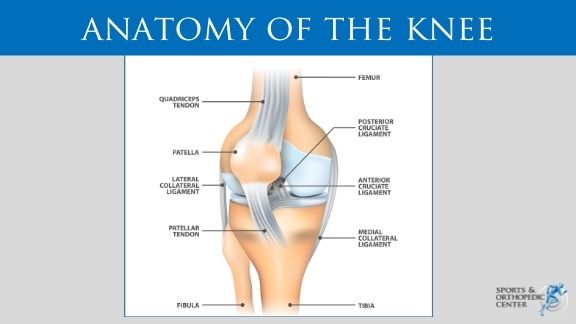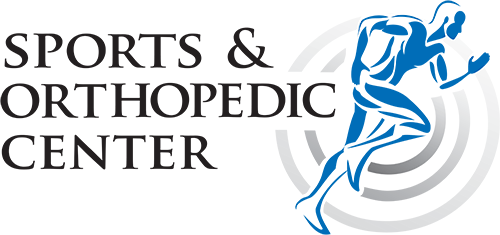ARTHROSCOPY ANTERIOR/POSTERIOR LIGAMENT RECONSTRUCTION
The ACL (anterior cruciate ligament) is a band of tissue inside your knee. It gets damaged when it stretches or tears. When your ACL is healthy, it helps to hold together the bones of your knee. It also helps to keep your knee stable. If it gets damaged, you may have trouble putting pressure on your knee, walking, or playing sports.

Knee ligament injuries are graded based on the severity of injury.
- In grade I the ligament is mildly damaged and slightly stretched, but the knee joint is stable.
- In grade II there is a partial tear of the ligament.
- In grade III there is a complete tear of the ligament and the ligament is divided into two halves making the knee joint unstable.
ACL INJURIES ARE USUALLY CAUSED BY:
- Sudden, awkward movements: of the knee e.g. twisting the knee or over extending it. Common in athletes involved in contact sports such as soccer, football and basketball
- Direct blow: to the outside of the knee when the foot is fixed to the ground e.g. in sportsmen wearing studs, fall from a height, or motor vehicle trauma.
SYMPTOMS OF ACL INJURY
-Pain
-Swelling
– Limited range of motion
– Injuries to nerves and arteries of the leg.
– Knee instability.
Arthroscopic ACL surgery is indicated when there is significant damage to the ACL. The ACL (anterior cruciate ligament) is one of a pair of ligaments in the middle of the knee joint, responsible for providing stability.
An ACL reconstruction surgery is considered for active adult patients, who participate in pivoting sports and require knee stability for work.
The goal of ACL reconstruction is to tighten the knee joint and restore its stability. It also helps you avoid further injury and allows you to return to your sport.
RECOVERY AFTER AN ANTERIOR/POSTERIOR LIGAMENT ARTHROSCOPY RECONSTRUCTION
The first two weeks after surgery concentrates on decreasing the swelling in the knee and regaining knee extension, with less concern about knee flexion. This is accomplished by elevating/icing the leg and riding the stationary bike.
Two weeks after surgery, the goal is for patients to achieve and maintain full knee extension and increase quadriceps muscle function. While knee flexion of only 90 degrees is the goal for this stage, obtaining full extension is more of a priority.

